Warmest congratulations on taking the Jaguar Land Rover job, and especially on keeping your candidacy out of the public eye while the long-winded Tata recruitment process played out. It’s remarkable that our own Financial Times, which prides itself on knowing what comes next, didn’t even mention you in its recent list of probables. Full marks for your discretion.
At Autocar, we were very much looking forward to your arrival. The UK car business is dominated by German and German-influenced managers – and has a great deal to thank them for – but it’ll be fascinating to see whether you bring a different management style, and how that plays out. The variety will be refreshing.
Although your career at Renault was rudely interrupted last year (we understand it was for political reasons rather than matters of competence), it’s clear your achievements are many and your international experience is great. In particular, your former life as a close associate of ‘le cost cutter’, Carlos Ghosn, looks appropriate. We imagine this might have been part of your appeal to your new bosses at Tata.
However, one thing we’ll be keen to hear is how you reckon managing a couple of old-established premium marques dovetails with what you’ve done in the mass car market and component supply businesses so far. For many of us, this will be question one, and it is on the presumption that you don’t yet know everything that we, as long-term reporters of Jaguar’s and Land Rover’s challenges, put forward this list of early priorities…
First things first
Most important, you must strongly signal – and keep signalling – an abiding admiration for what has been built. Times are hard but this is not a broken company. As the new voice, you will command a lot of attention and we hope you will use it. True, the losses are alarming (£422 million for the year to March, and much bigger reverses the previous year), but these are exceptional times and even JLR’s sternest critics know it.
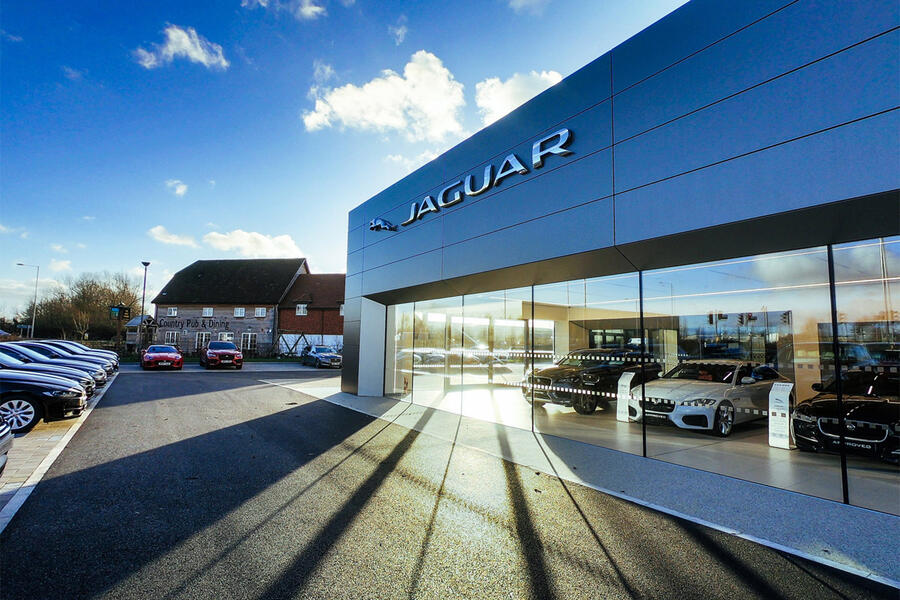
For most of the decade your predecessor Sir Ralf Speth was in charge, JLR posted successive achievements. In 11 years, the two marques have made pre-tax profits totalling £10 billion-plus (even after taking into account a bone-shaking £4bn loss in 2018 after the ‘perfect storm’ in China). Headcount has trebled since 2009, revenue has quadrupled and investment has expanded fivefold. JLR now has magnificent new test tracks and engineering facilities.
A much-needed new look has been found for Jaguar. The JLR product portfolio has expanded from eight to 13 models. Annual sales have risen 150% to 500,000 cars, admittedly lower than the 614,000 peak three years ago and likely to go lower in the short term. But JLR today remains the UK’s biggest R&D spender and one of its best innovators, already operating carbon-neutral factories. A new Destination Zero mission (zero accidents, zero congestion, zero pollution) is well under way. Your fresh voice can remind the world of this. Which is absolutely not to say the situation can’t be improved. We’ve divided our suggestions into three sections: JLR corporate, Jaguar product and Land Rover product.
JLR corporate actions
â– Take immediate control of statements about JLR’s policy and future. The Tata chairman recently announced that a chunk of JLR would not be sold, as is sometimes suggested, to a partner. That announcement could have been a powerful statement from you.
â– Put an early end to the ‘will they close Castle Bromwich?’ debate. Kill it or preserve it – depending on your future decisions about the company’s ideal volume – but don’t allow further dithering.
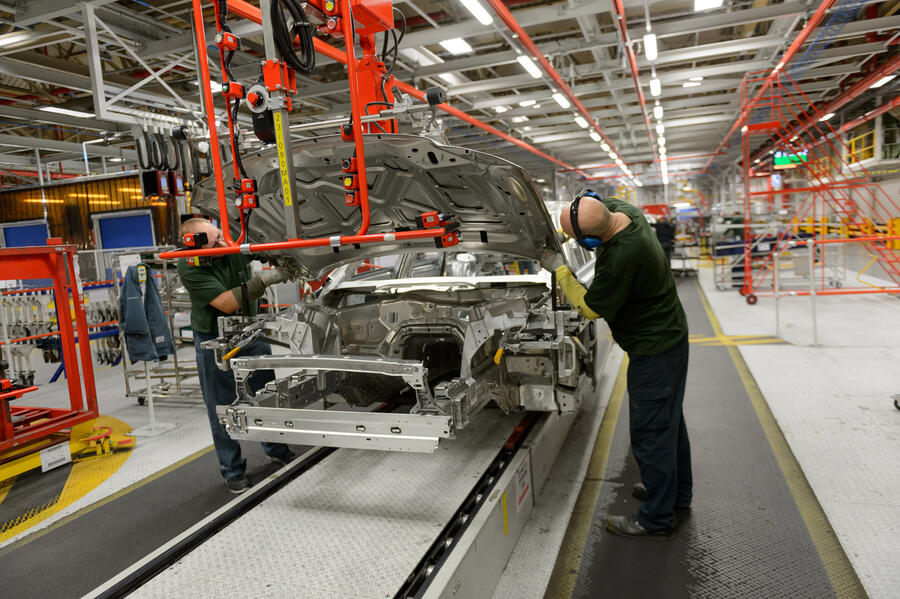
â– Carefully consider accepting current Jaguar Land Rover volumes of around 400,000 to 500,000 cars a year or perhaps even shrinking, while enhancing profitability by concentrating on models that start further up the pricing scale. One strong argument says Jaguars should start around £45,000, not below £30,000. We’d support the notion of fewer models, maybe less practical but conceived always to inflame buyer desire.
â– Devolve your marques further. Don’t just move Jaguar and Land Rover apart but consider separating Range Rover, too. Let Land Rover carry kids and tow the horseboxes; set Range Rover free as the aspirational leader. Forget selling Jaguars to BMW 3 Series buyers; turn Jags into Bentleys for people who aren’t inclined to spend that much.
â– Chase quality as never before. It’s no secret that JLR still spends too much on rectification of new cars. Hire the best quality experts from VW, Toyota or Daimler and give them carte blanche to change your processes and designs to enhance quality.
â– Separate your Jaguar and Land Rover Classic/Special Vehicle operations, at least in the eye of outsiders. Sure, it’s good housekeeping to bundle them in an outer-Coventry industrial unit, but that does little for brand loyalty. People don’t buy a JLR.
â– Overhaul communications policy. Both Jaguar and Land Rover trade on exceptional post-war heritages built more by accident than design, but the era of happy accidents is over. You need far-sighted, high-powered marque strategists along the lines of Ford’s legendary Walter Hayes to devise ways of utilising your wonderful back stories and adding new strands.
Jaguar actions
â– Redouble your efforts to find a modern mission for the Jaguar brand. BMW makes driving machines; Audi does high technology; Mercedes invented the car. What does Jaguar do? At Autocar, we think the marque stands for superb prestige-car value, driving that combines sporting character with great refinement and – above all – exceptional beauty using the human forms of the D-Type or E-Type. Your Jaguar design chief, Julian Thomson, is already working hard on this last part.
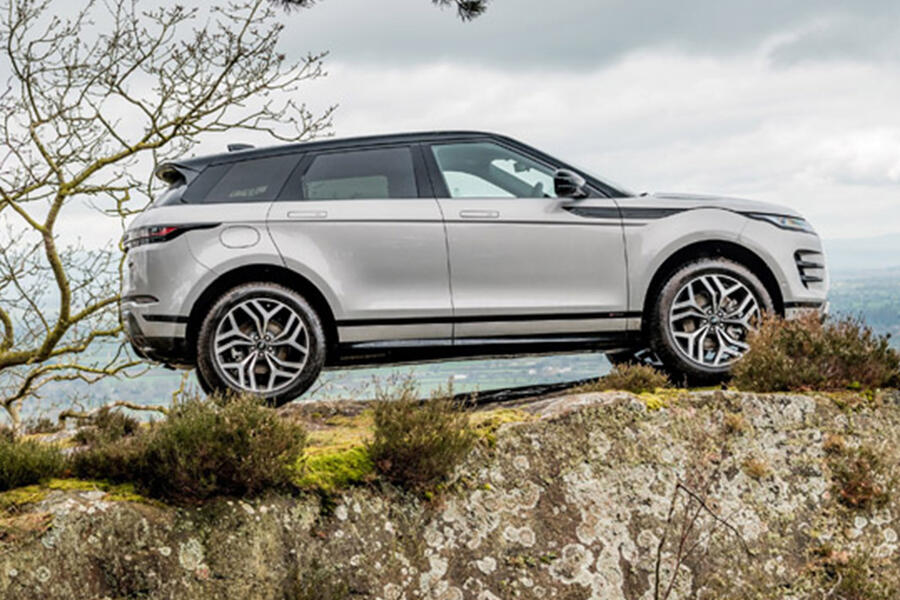
â– Find a halo product for Jaguar along the lines of the Land Rover Evoque, which grew out of a ‘no rules’ concept project. We see this as nothing less than the golden key to Jaguar viability.
â– Take bold action (see above) to lower Jaguar’s age profile. It suffers from ‘this is my last car’ syndrome. We’d love to see a prestigious and superbly styled concept that takes advantage of the built-in cuteness and sportiness of small size. An electrified A-Pace, perhaps.
â– Launch your electric luxury saloon as soon as possible. Jaguar’s advantage in beating the market with the Jaguar I-Pace is leaking away because that fine car looks more and more like a one-hit wonder.
â– Take much more trouble to give the Jaguar F-Type sports car extra gravitas. Three-quarters of today’s Porsches are saloons or SUVs, yet the 911 is still revered as the marque’s centrepiece in a way that the F-Type never has been. Give it a mission and a back story. And a big future.
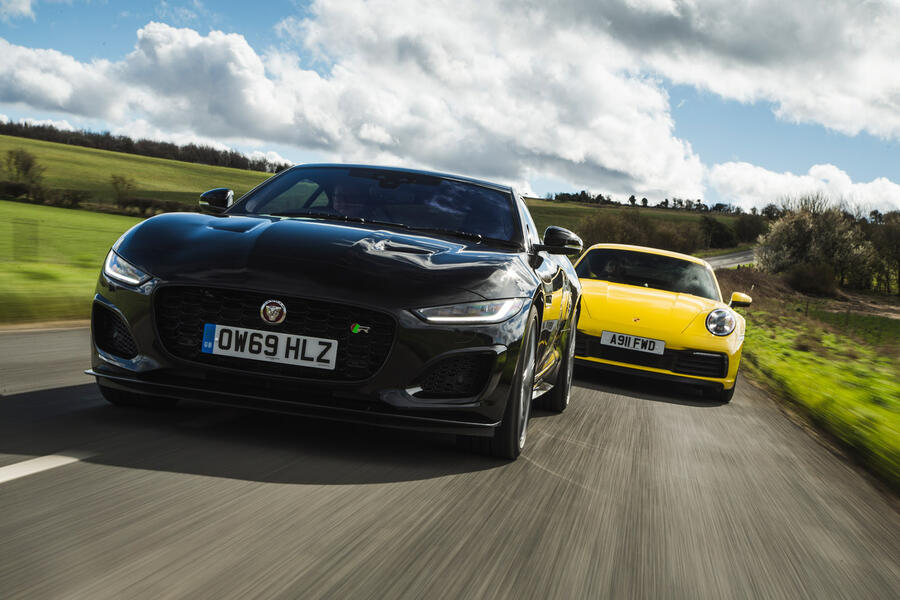
â– Decide a firm Jaguar saloon policy. Pundits say saloons still make up 50% of world demand for cars. Find a way to participate better in that demand. Maybe you combine your two models (the Jaguar XE and the Jaguar XF), adding beauty and luxury along the way.
â– Think hard about another project along the lines of the C-X75 supercar your predecessor now regrets not putting into production. That car’s concept generated worldwide attention. Another would do the same. How about a C-X90?
Land Rover actions
â– Give Range Rover its freedom. Point it squarely at the Bentley Bentayga on price and prestige.
â– Face up to the issue that Land Rovers are commonly viewed as unfashionably heavy and diesel powered, perhaps by showing us what a lighter, more efficient electrified 2025 concept could look like. Buyers need a more progressive view of the future.
â– Increase toughness in Land Rovers. Greater emphasis on ‘relevant capability’ rather than ‘drive to school’ factors is needed because the latter has been overemphasised in the recent past.
â– Find a design advocate and leader with the same high profile and authority as current incumbent Gerry McGovern (age 64), ready to step up whenever he chooses to go. Much of Land Rover’s current success is down to McGovern’s ability to carry fine design right through to production.
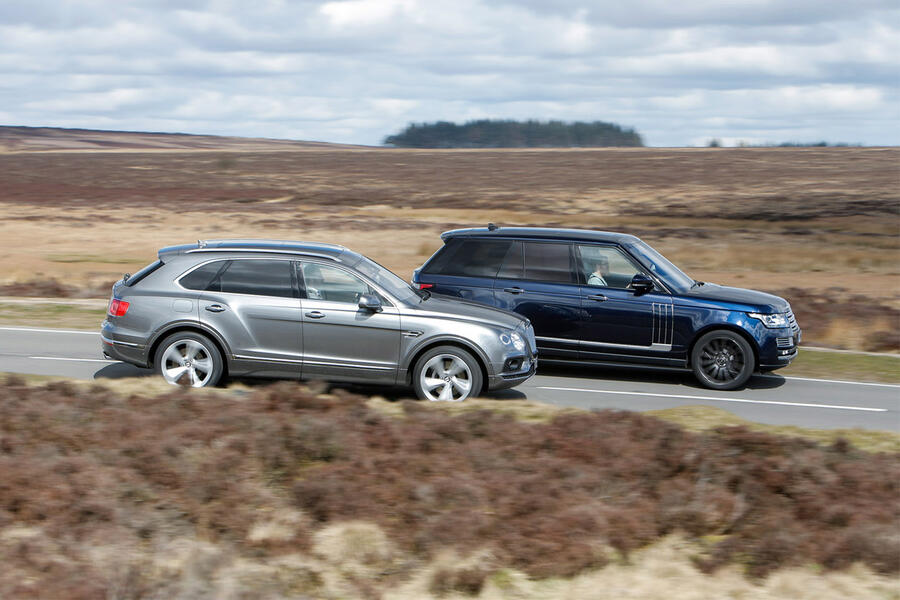
â– Get on with expanding the third Defender model pillar, not least to show that the pillar theory is still valid. We’re impatient about Discovery progress, too. That’s the one recent Landie that didn’t work.
â– Give new impetus to Land Rover Experience, the experiential marketing business. There are centres around the world, but the company seems to have stopped talking about them (and not just for Covid-19 reasons). These provide oxygen for much-missed ‘Mr Land Rover’ characters the company has always had. The modern company seems to have lost the awareness that it still needs heroes.
Given your other pressing tasks, Thierry, not least just keeping this thing afloat while controlling costs and chasing quality as never before, running JLR looks awesomely difficult. We admire your courage in taking it on. With our loyal readers, we also wish you great and lasting success. To a person, we’re already excited about the fine new models that success will bring and, of course, we have many news pages ready and waiting.
With all best wishes,
Steve Cropley
Outgoing CEO Ralf Speth on JLR's future
In tough times, it’s difficult to see the big picture, which is one reason why Britain’s highest-achieving car industry chief in living memory, Jaguar Land Rover CEO Sir Ralf Speth, slips into retirement with none of the fanfare that would usually attend such a high-profile departure. Another reason is that this is how he likes it.
Despite recent reverses, Speth and his Tata backers have trebled the company’s size in a decade, establishing it as the UK’s biggest car maker – with a respect and presence on the international stage never seen before. They have equipped it with last-word design and engineering facilities, spread its manufacturing capability around the world, moved it firmly into electrification with a new battery assembly centre and encouraged it to think far into the future via a project Speth dubs Destination Zero: no congestion, no pollution, no accidents.
We meet in JLR’s mighty Gaydon design and engineering hub, opened just a year ago, but to Speth’s regret the place isn’t buzzing as normal from the presence of its usual 12,000 inmates. Most are still working from home. He firmly believes ideas and innovation are fed by meetings in canteens or coffee shops and passionately looks forward to their reinstatement. Not that he’ll be around to participate. His new role as non-executive deputy chairman will keep him apprised of major JLR events but that’s as far as it will go. “Whoever needs my help can have it with pleasure,” he says, “but I will also make sure the new team has all the freedom I had. The CEO is the CEO. When I took over, Mr Ratan Tata explained our major objectives, then allowed my team and me to do things our way. He trusted us. It will be the same for Mr Bolloré.”
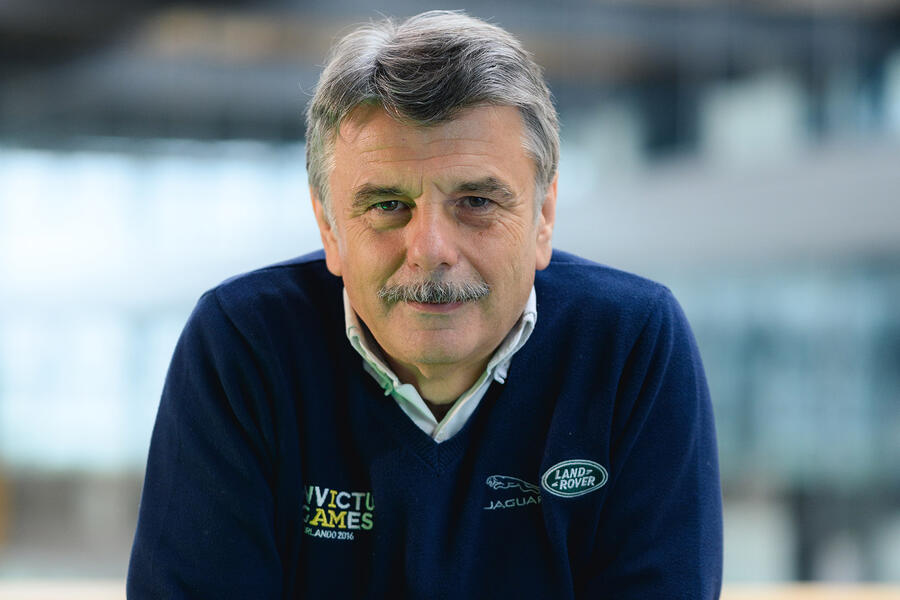
There is no handover period, it seems. Speth says he had met Bolloré a couple of times before the recruitment process began but doesn’t know him well. The new CEO’s first week, under way as you read this, started with Jaguar and Land Rover product reviews on Monday and Tuesday, then a ride-and-drive session on Wednesday. Speth won’t participate.
“Mr Bolloré is a seasoned manager,” says Speth. “He will have his own ideas and he knows what to do. He worked a lot in the supplier area, so he has seen car making from many angles, not just one. And he was the successor to Ghosn, so he has a good profile. We can rely on him.”
Despite so many recent, unprecedented bumps in JLR’s road, Speth remains convinced JLR’s case making and selling privately owned premium cars remains as strong as ever. “We may even see a renaissance,” he says. “The safety and security of cars has suddenly become extremely important. And as far as premium goes, many people have money to spend and no effective way of investing it. I believe they’ll use cars more for enjoyment and less for just going to the office. Better design and better technology means better life.
“Whatever happens, mobility will remain key to society, and car mobility is especially back in favour. University studies have consistently shown a close correlation between greater mobility and greater wellness and wealth.”
Intriguingly for a man who has led so much change, Speth doubts that vehicle concepts will change much in the foreseeable future. The industry will get better at streamlining them and cars will have different propulsion systems. But size and function won’t be greatly different. There won’t be just one propulsion technology in future but many – including the hydrogen fuel cell propulsion currently in the news. “We shouldn’t fear that we’ll run out of energy in the world,” says Speth. “There’s enough. We just have to learn more about harvesting it.”
Speth hasn’t had much chance to indulge his engineer’s love of getting the spanners out and fettling his classic car fleet (which includes a Land Rover S1, Jaguar E-Type, XK140 and Mk2 saloon) but he intends to change all that, starting with a fuel system overhaul for the Landie. He refuses to name a favourite among the cars produced on his watch, although the Jaguar I-Pace was the biggest coup and the highest achiever. With the Defender alongside it.
Above all, Speth retains the abiding love for the two “iconic” British brands that brought him back to the UK in 2010 from a rewarding job in Germany, working with his mentor and equally car-minded colleague Wolfgang Reitzle. “You want to do something special in life, and this was a calling,” he says. “It was about bringing back the glory of Jaguar and Land Rover. Maybe that sounds a bit naive. But in the end, I think we did a lot.
READ MORE
Ex-Renault boss Thierry Bollore named as new JLR CEO


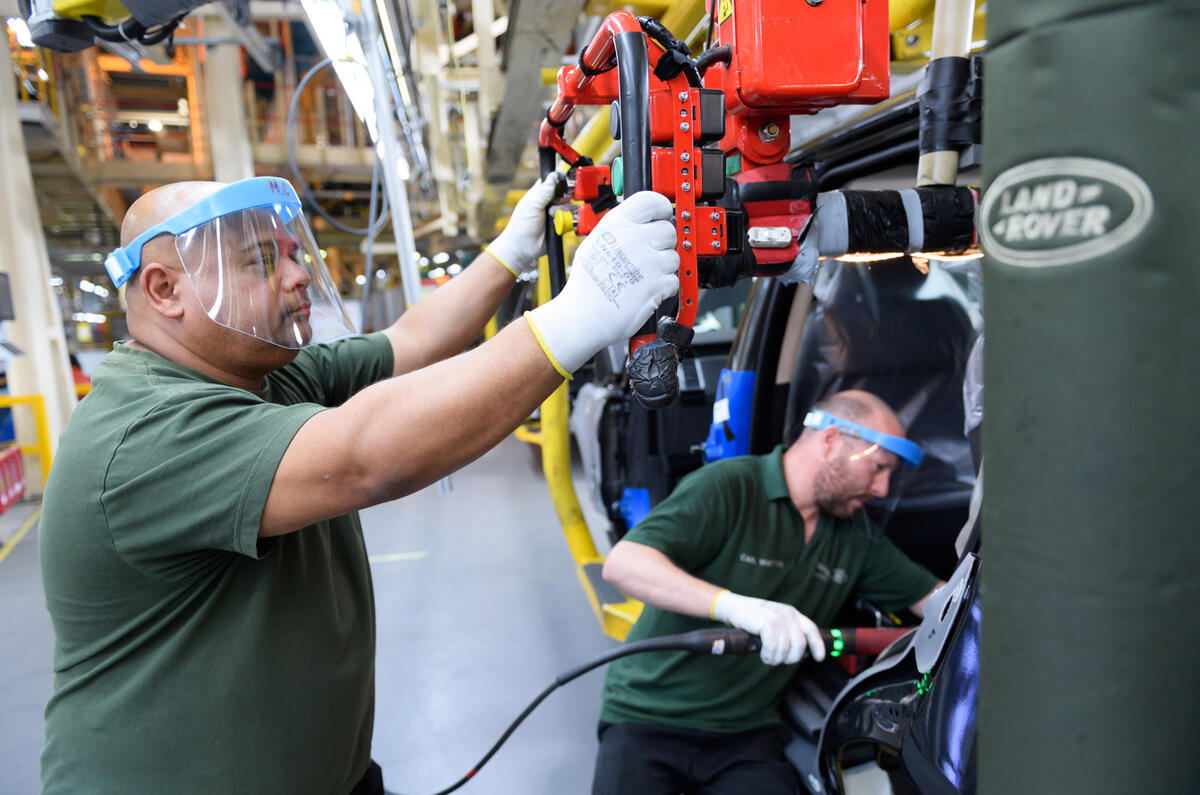
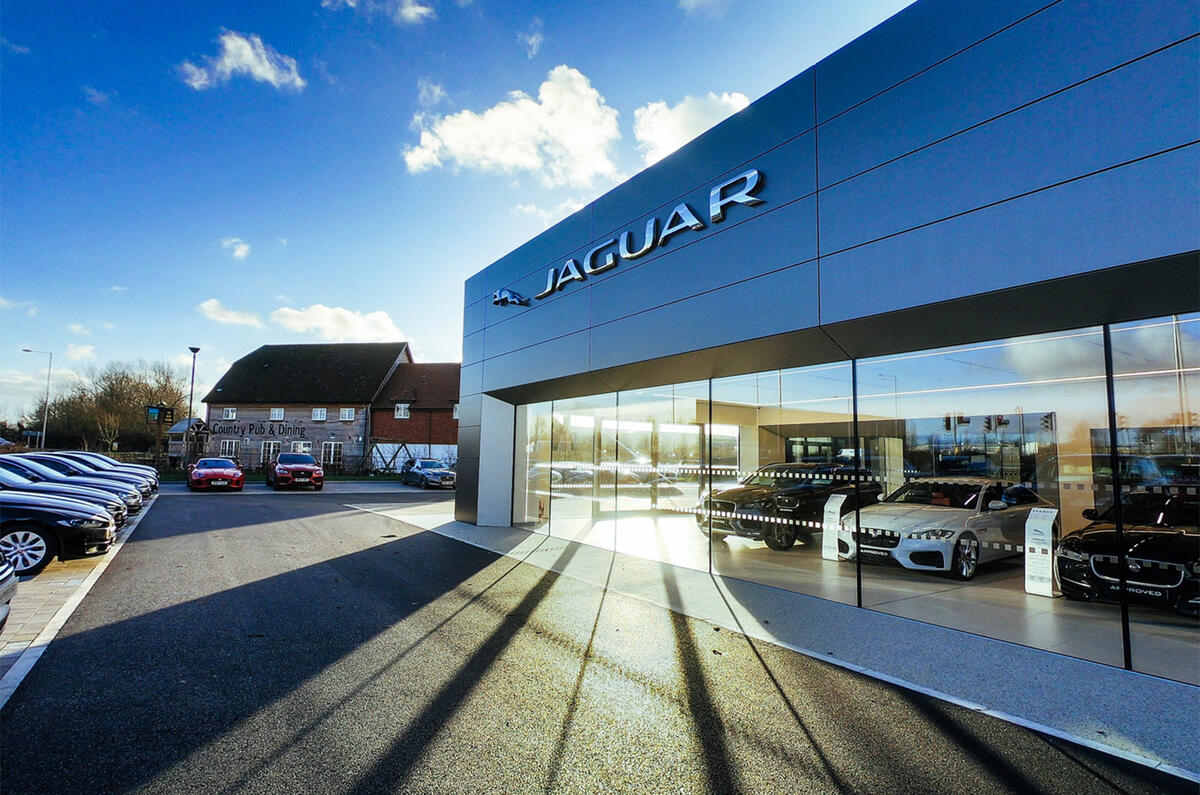

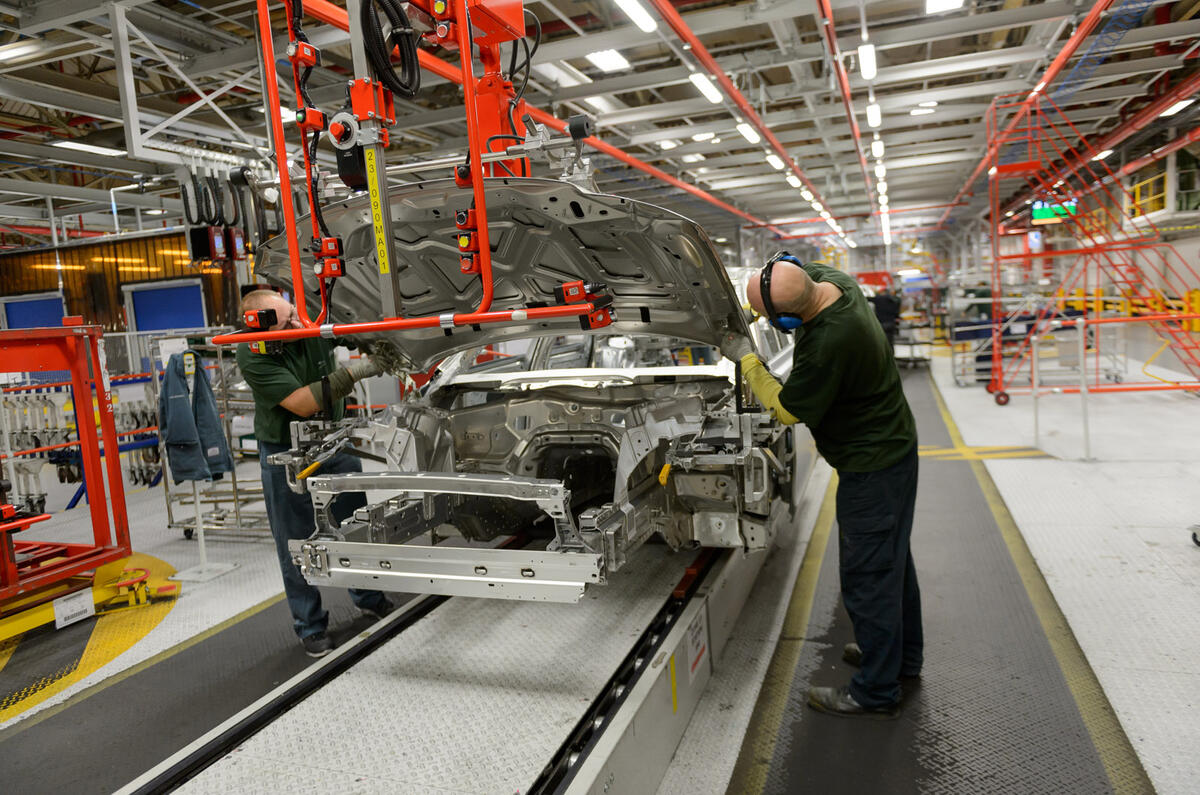
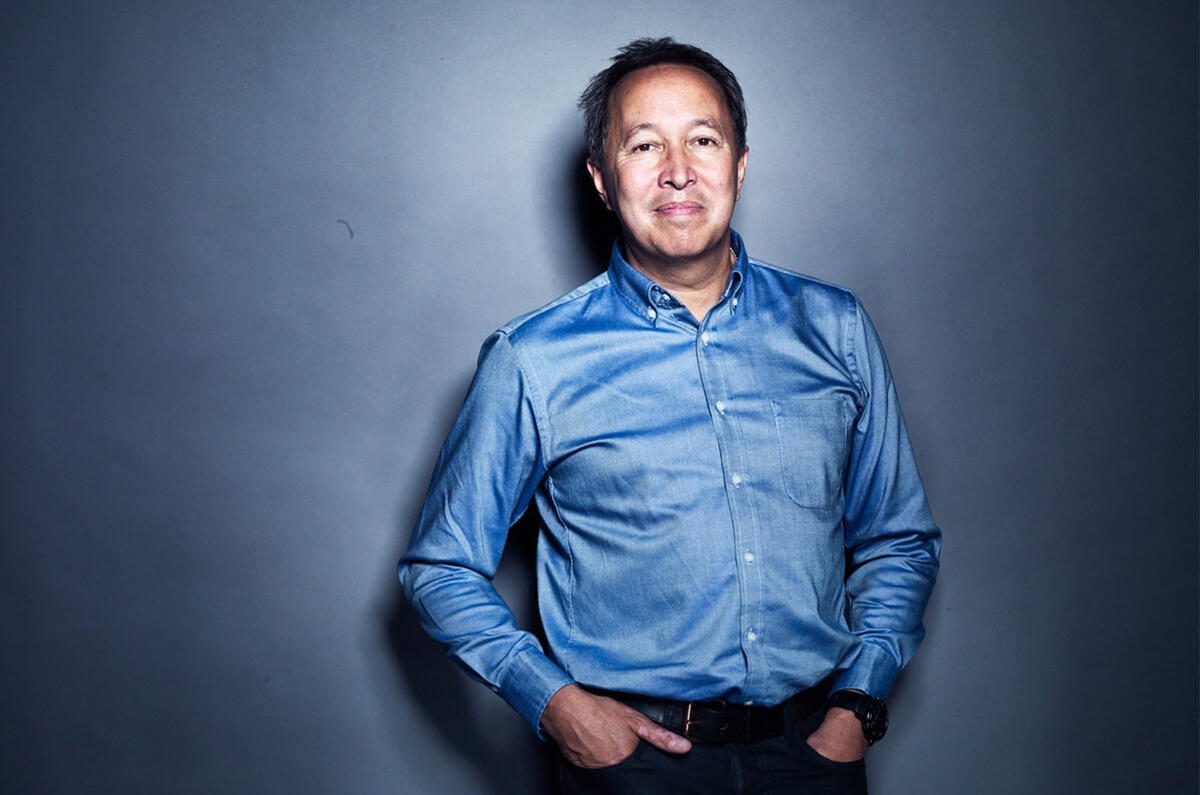
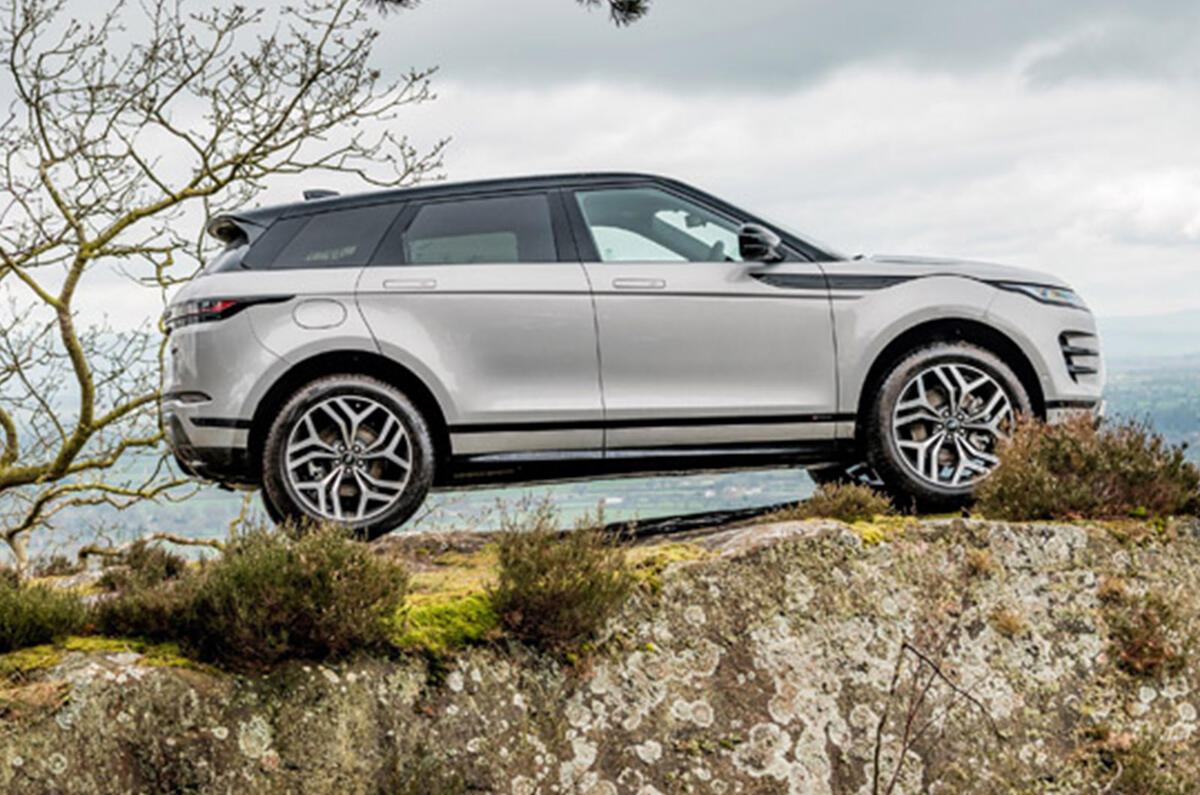
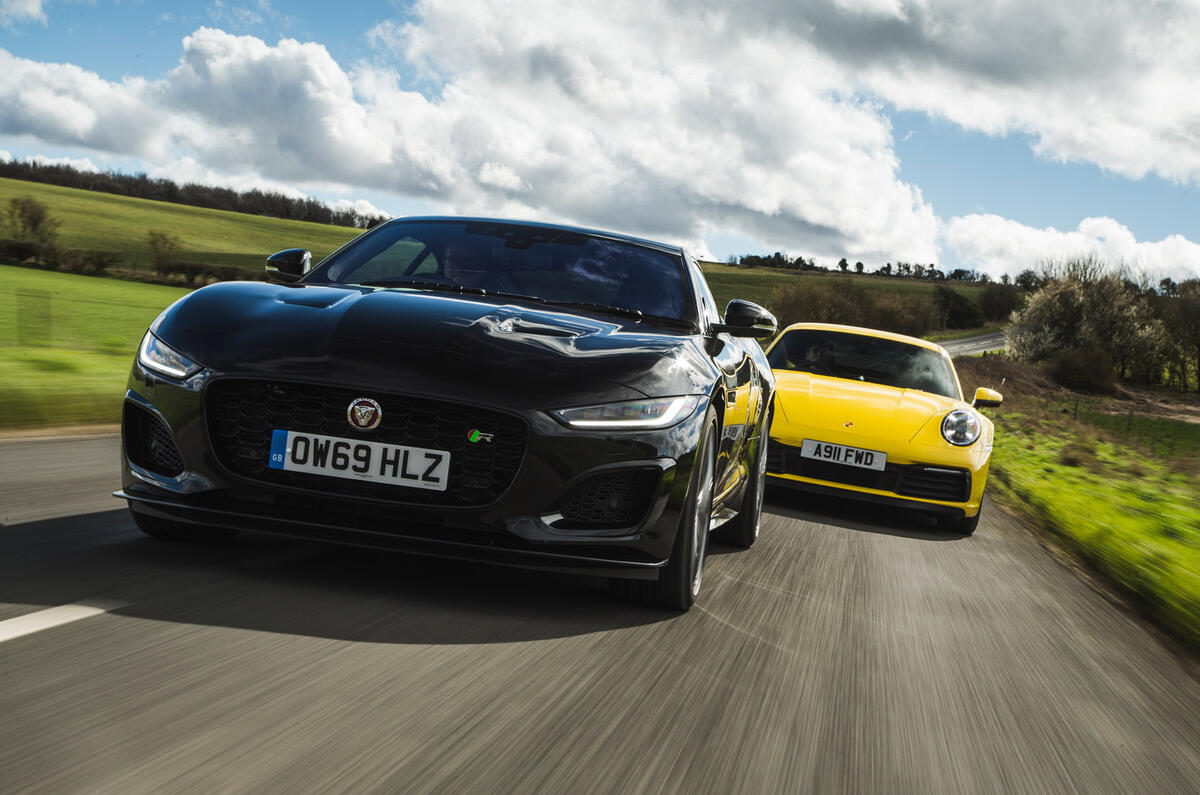
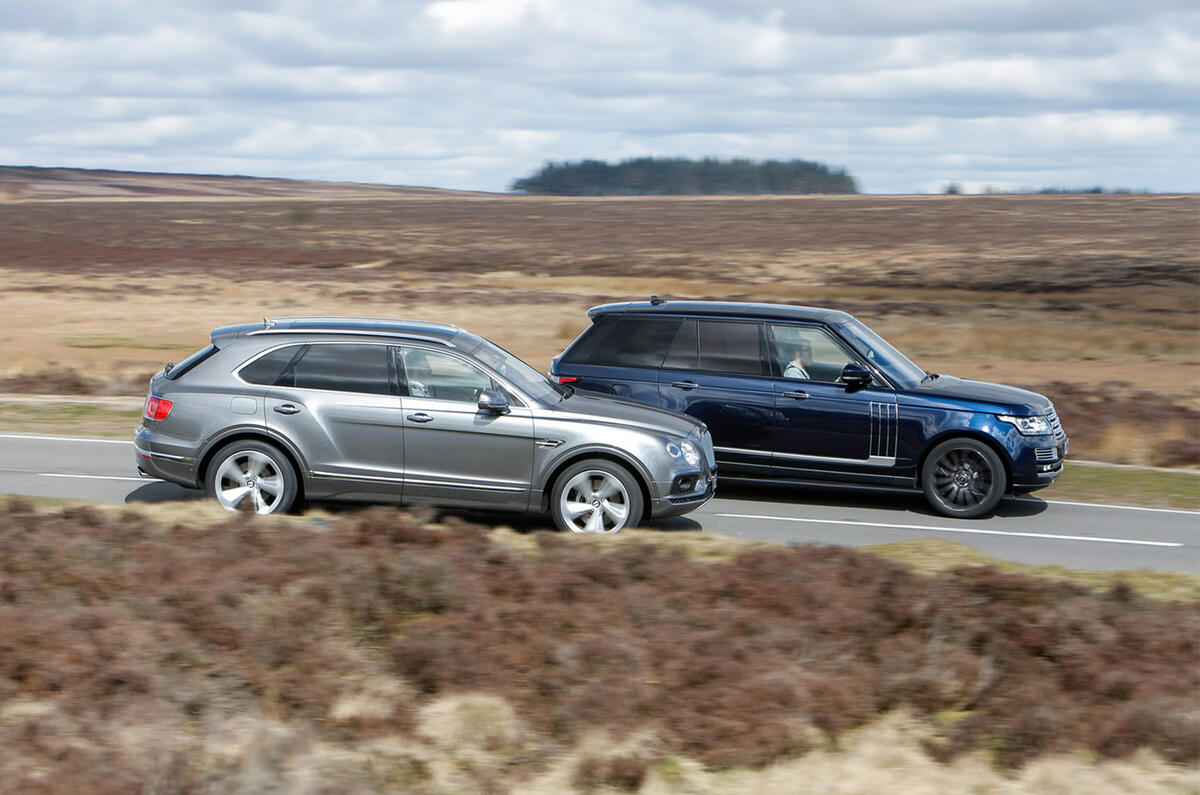
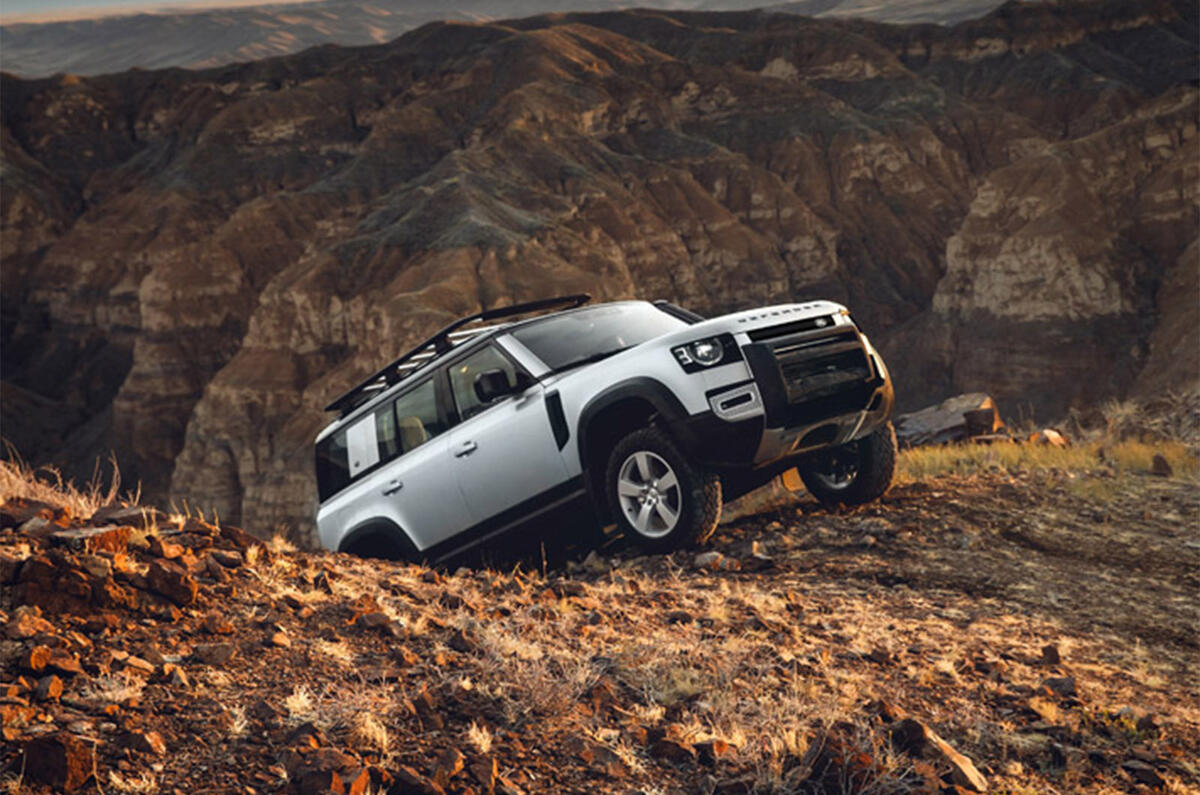


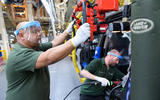


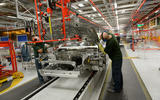

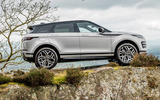
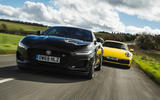









Join the debate
Add your comment
Government Lobbying
Steve. All ways liked your work, even back to CAR days.
There is a fundamental issue missing from the list for Jaguar's new boss. Lobby Government to improve electric charging country-wide. It is such a basic requirement to ensure an electric future for the industry and consumers. The other car guru (Farmer, Cotswolds) who ran an i-Pace was dismayed just by a single trip to London and the lack of charging points and poor network coverage on phone-based apps. JLR owners may indeed have the country estates with their own access to hook-ups, but for the future electric car industry to survive there clearly has to be a more robust infrastructure.
I am sticking to my low-emission diesel for the foreseeable future.
Reliability
Over the years many owners and managers for JLR, but one thing stays the same, JLR's ability to sit at or near the bottom of annual reliability tables. Almost every US road test comments on the failings of the media screen or some other electrical problem. It never ends, and saying they are so technically advance there are bound to be problems, cuts no ice any longer when others can do so much better.
Great cars let down time and again by reliability. They could so easily be world beaters but the reputation of "buying trouble" is the hidden label in the showroom window, cast in stone in the minds of many.
Correct
It's not difficult really
The new Evoque looks fantastic from the outside, but the inside needs binning with that ridiculous tilting screen.
The new Defender also looks imperious on the road.